A yearlong study examining the impact of a reading fluency intervention for middle-schoolers shows a “statistically significant” improvement in test scores of the students scoring the lowest at the beginning of the year, according to a report released today by K–12 assessment and research organization NWEA.
Setbacks in student achievement resulting from school shutdowns between 2020 and 2022 promise to be a pressing issue for some time to come. The good news: Research shows some effective ways to accelerate academic recovery for those students. The bad news: Not all schools are implementing these approaches, and some are implementing programs that have no positive impact — as well as programs that can lead to even greater setbacks.
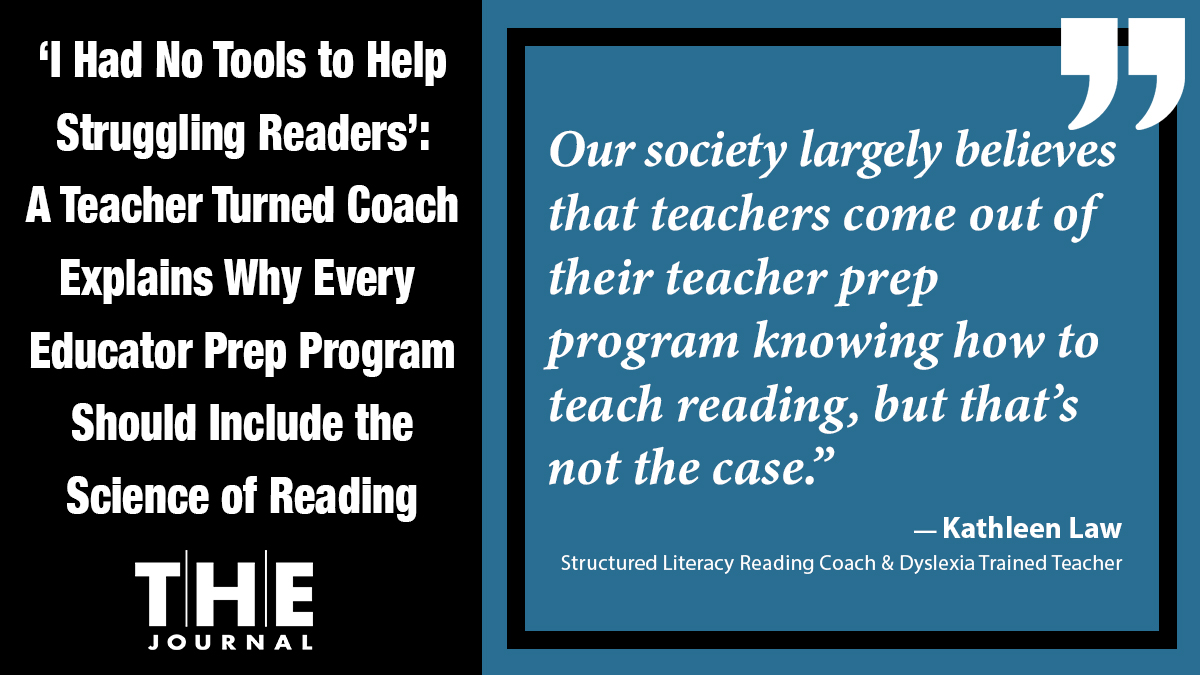
With nearly half of the nation’s new teachers still graduating without an understanding of high-quality reading instruction, former classroom teacher-turned-literacy coach Kathleen Law discusses why — now more than ever — every teacher prep program in the country should include the Science of Reading and give future teachers the foundational tools they need to help struggling readers.
Most schools are using various forms of tutoring as part of their learning recovery strategies, in addition to formative assessments, remediation, and individualized instruction.
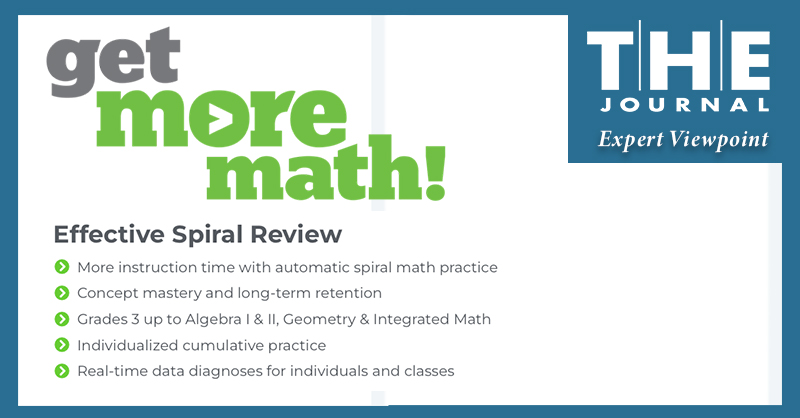
Students need to learn not only math shortcuts, processes, and formulas — they also must learn the underlying concepts behind them. Students need a deeper conceptual understanding of math so they can transfer their knowledge to new contexts and are less prone to making mistakes. They also need more time for learning math in school and more focus on long-term retention.
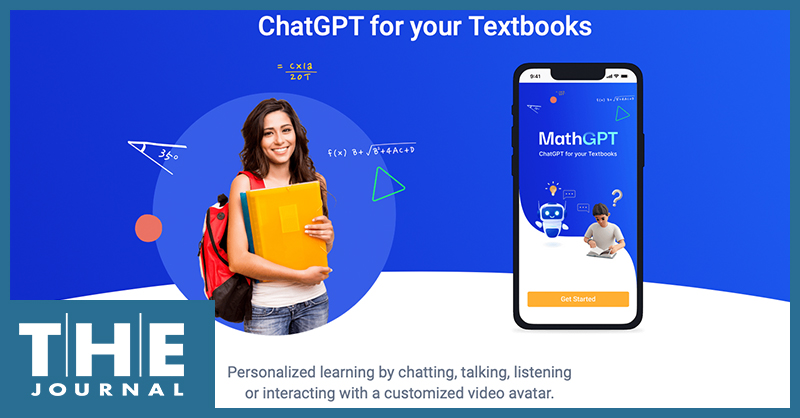
PhotoStudy, an on-demand 1:1 tutoring solution developed by Hung Tran in 2015, said it can now transform any math textbook by any publisher into a “MathGPT” chatbot that works similarly to the groundbreaking ChatGPT tool making headlines in recent weeks.
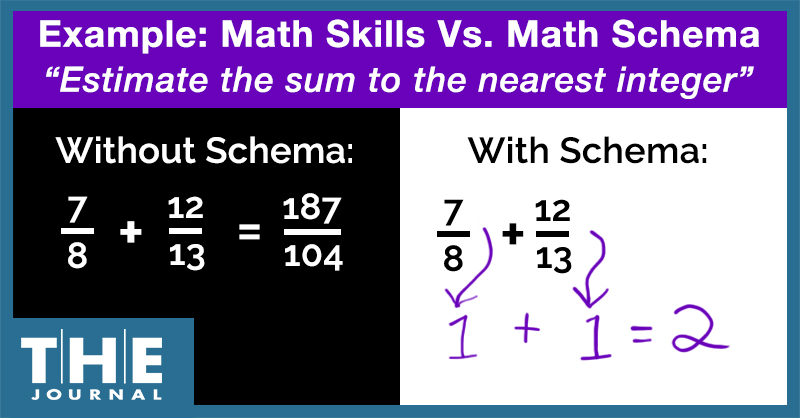
With so-called learning loss from the pandemic continuing to harm students, schools can't just return to normal methods of teaching math. Fortunately, researchers have a strong understanding of how people learn math, just as they did with the now widely accepted science of reading. However, that understanding is taking too long to filter into classroom instruction.
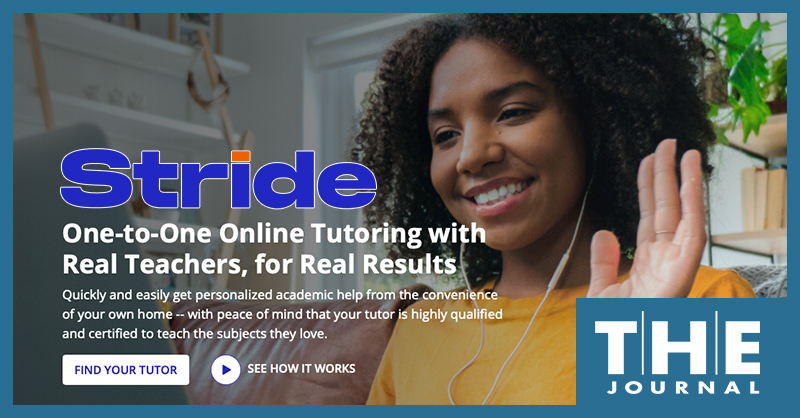
Online education and curriculum provider Stride has launched Stride Tutoring, a high-dosage tutoring platform that requires every tutor to be an active, state-certified teacher, now available for grades 7–12 nationwide, the company said in a news release.
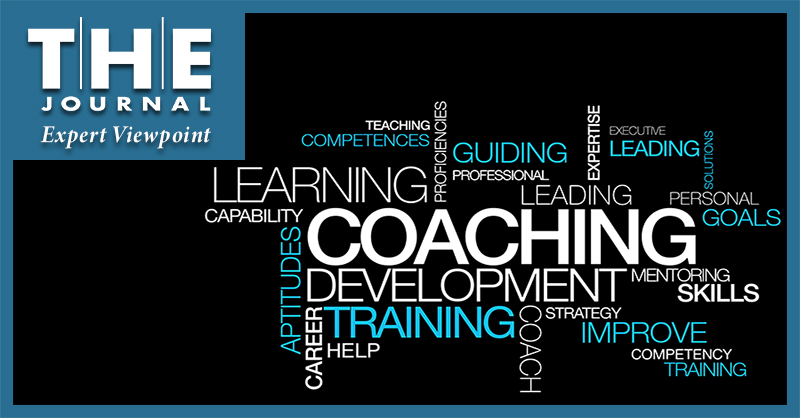
While addressing the needs of all students (especially after a global pandemic) could never boil down to a common formula, educators as well as families and tutors must rely on proven methods for teaching foundational literacy skills, says a literacy instruction expert from ReadingPartners.org, who offers five key elements that every literacy learner needs.
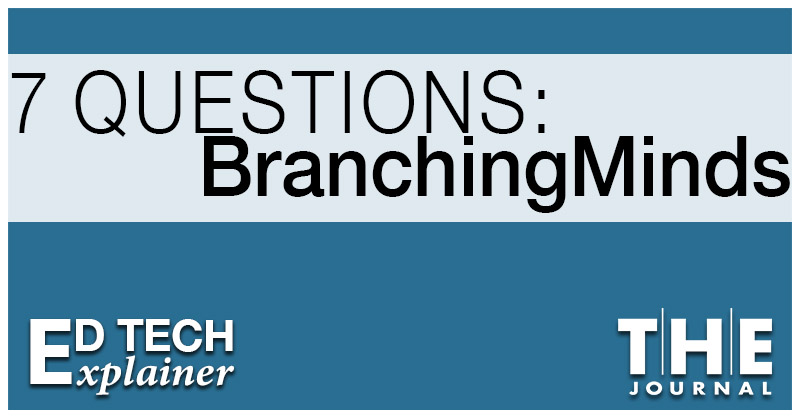
For the 7 Questions Ed Tech Explainer series, Branching Minds CEO Maya Gat explains how its Multi-Tiered System of Supports solution works, how it impacts teachers, administrators, students, and learning outcomes, and how it incorporates a school district's existing data to help teachers equitably and efficiently differentiate instruction and ensure it's helping students catch up.